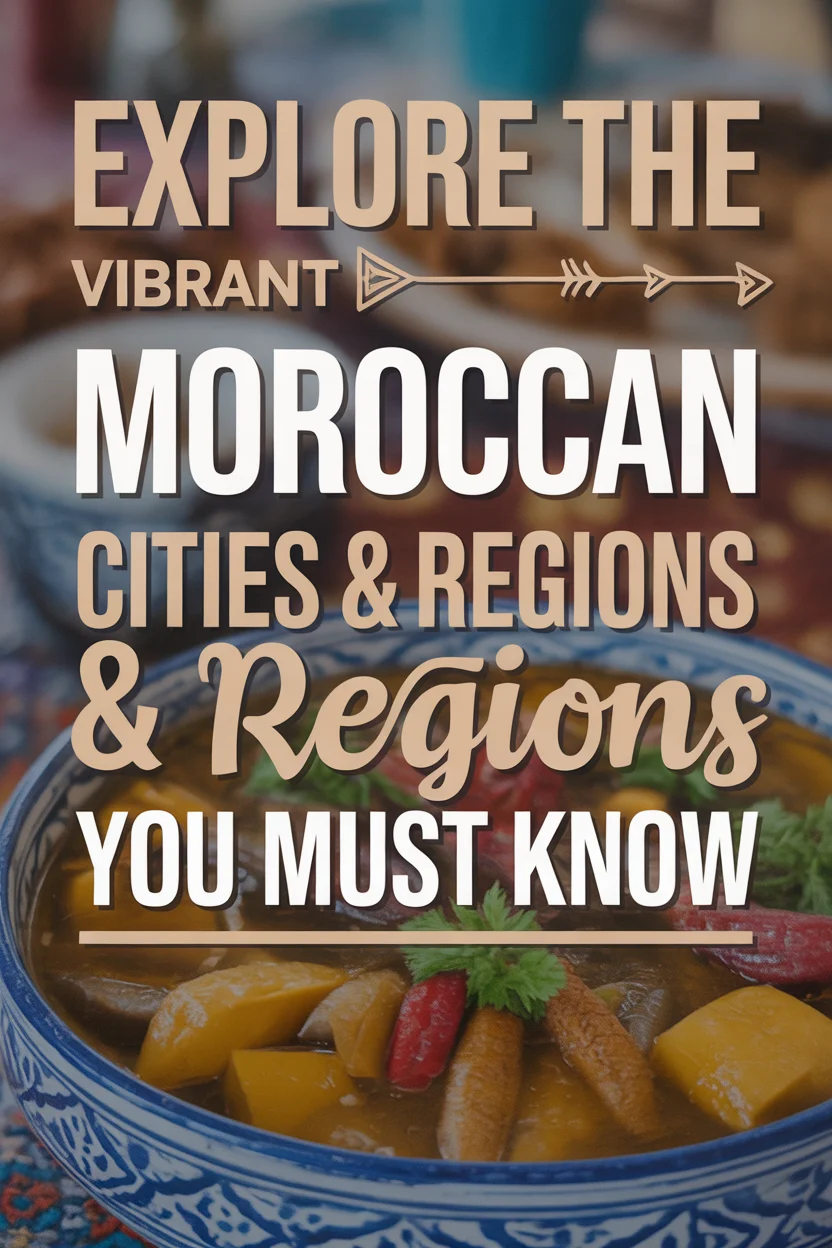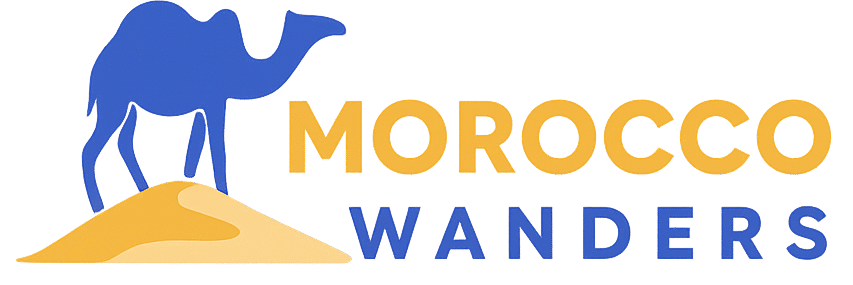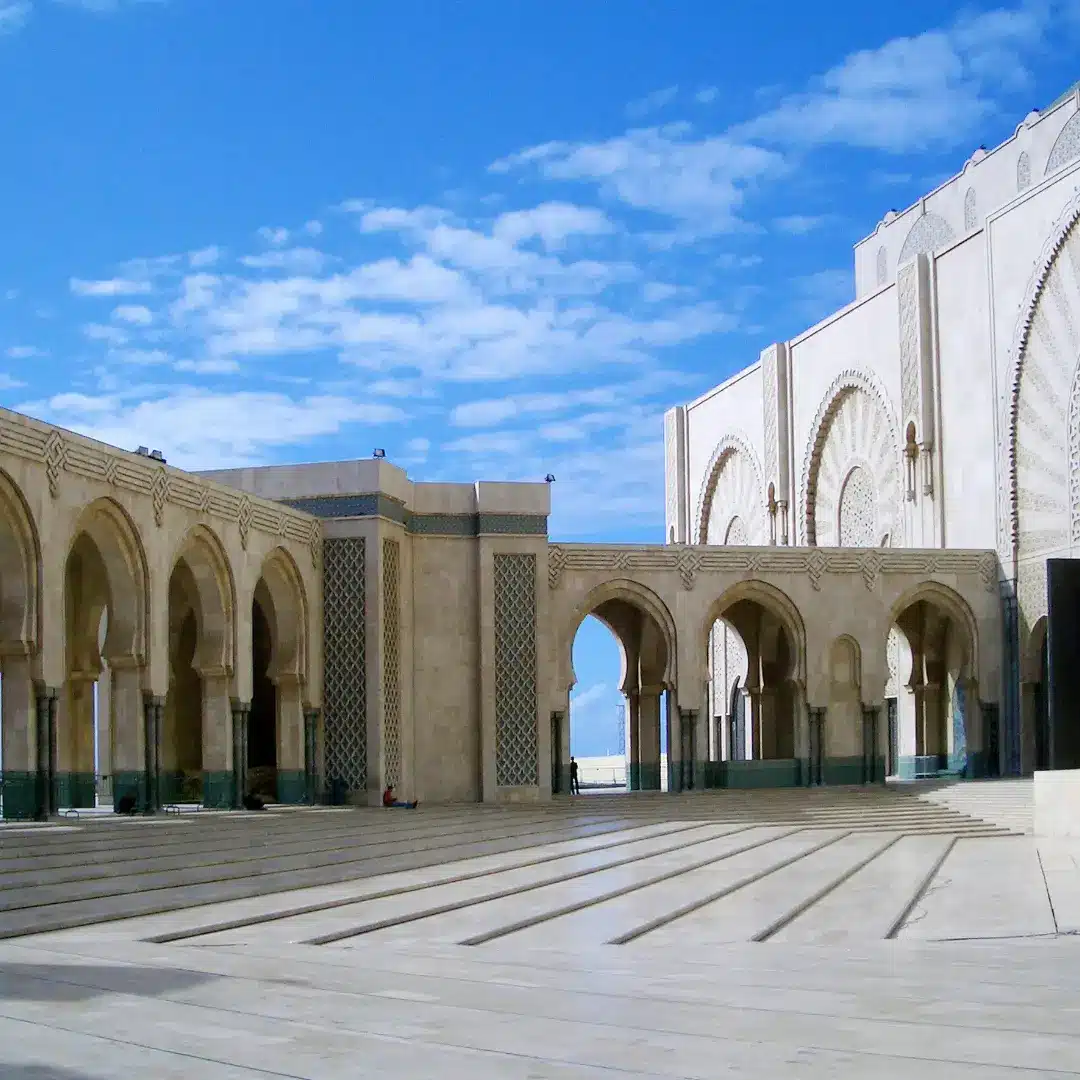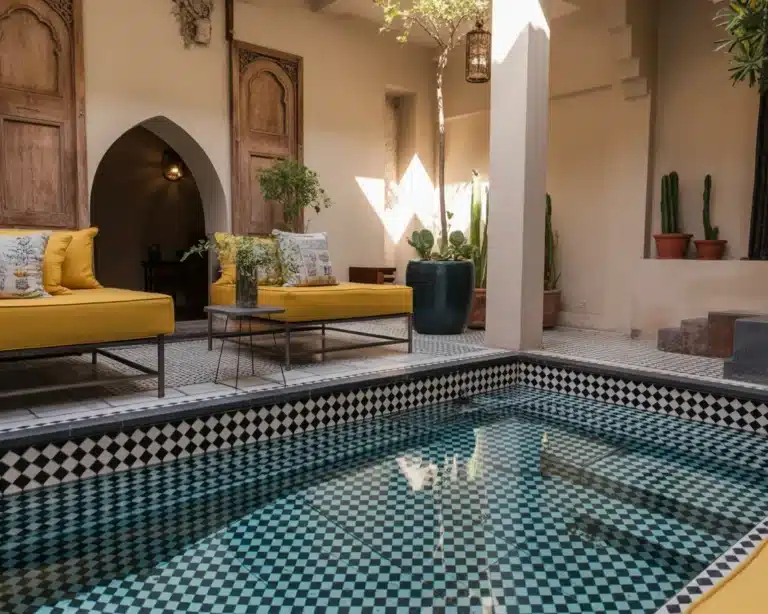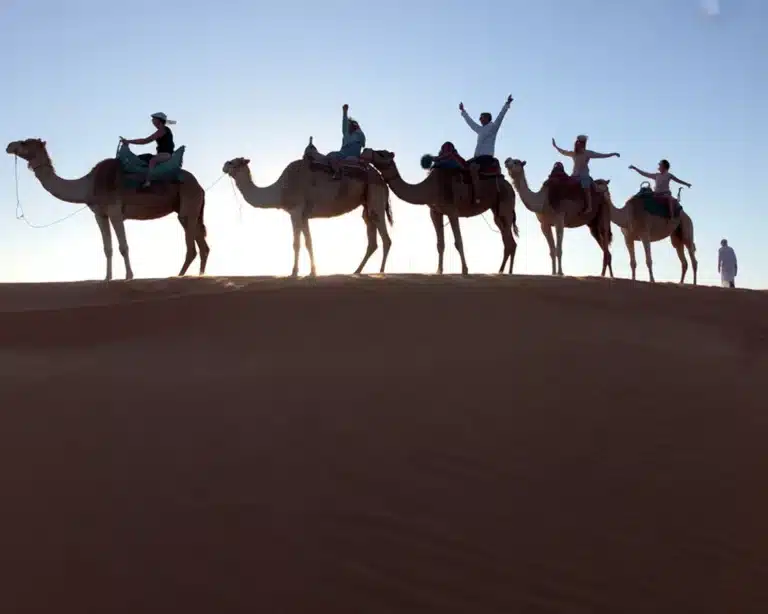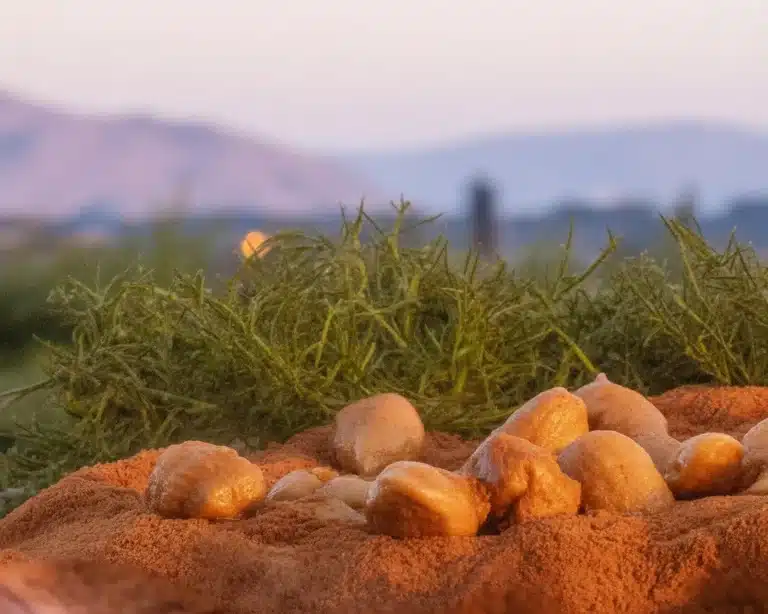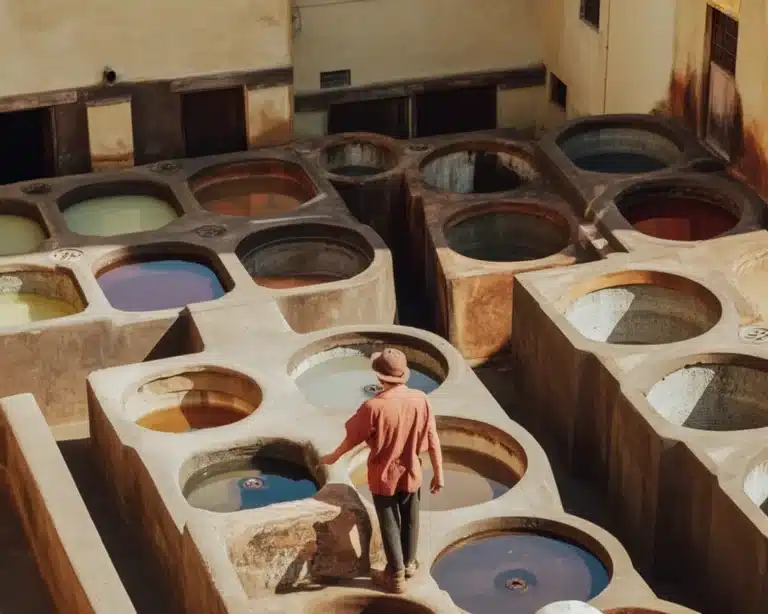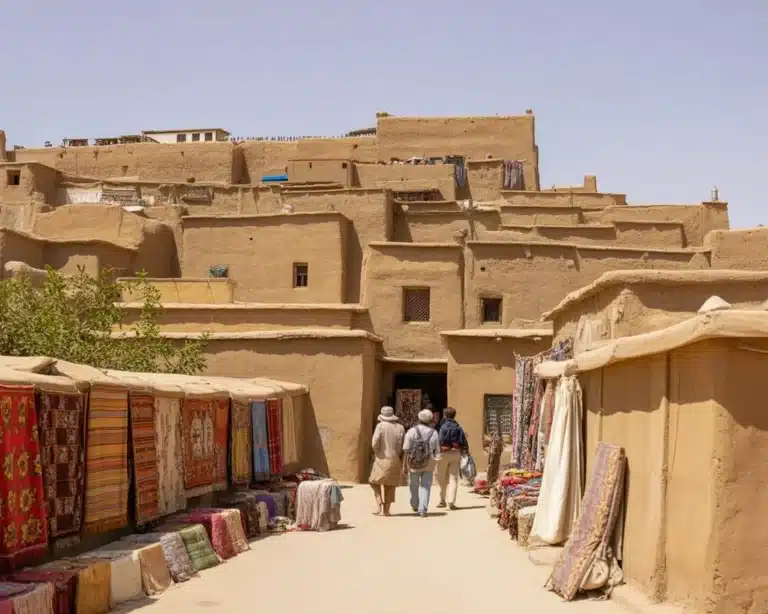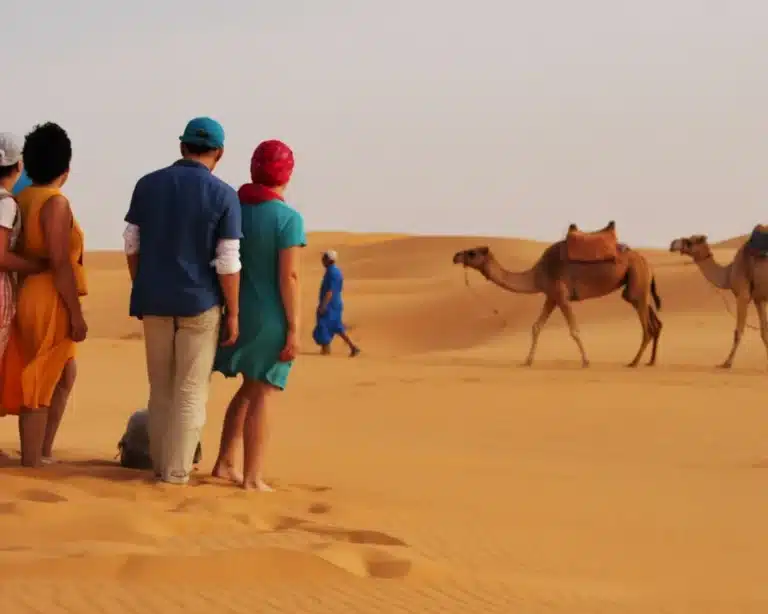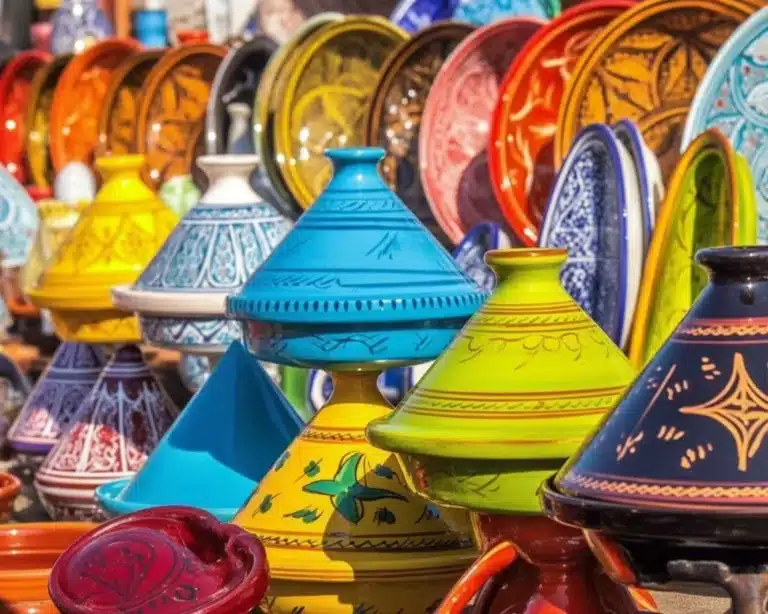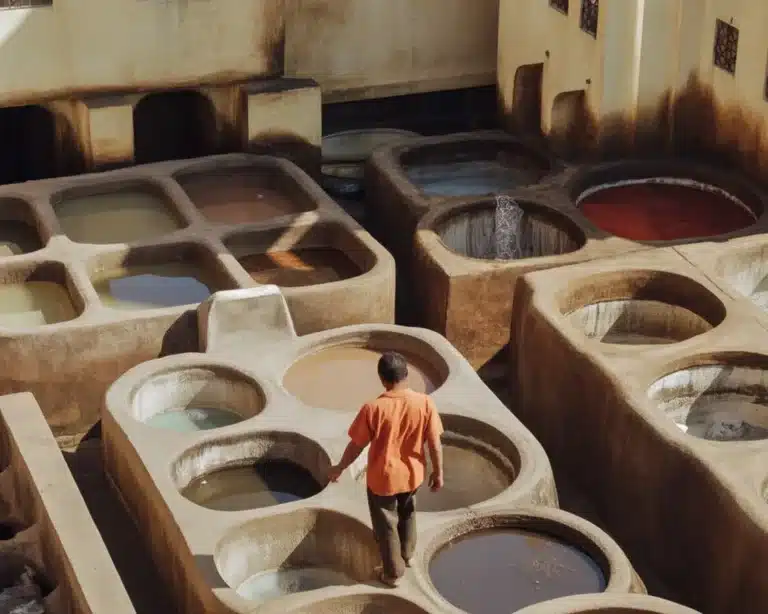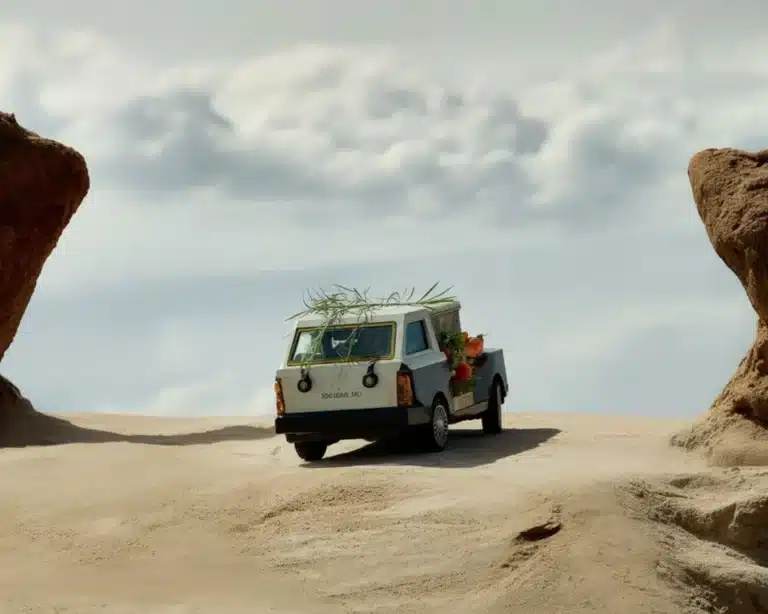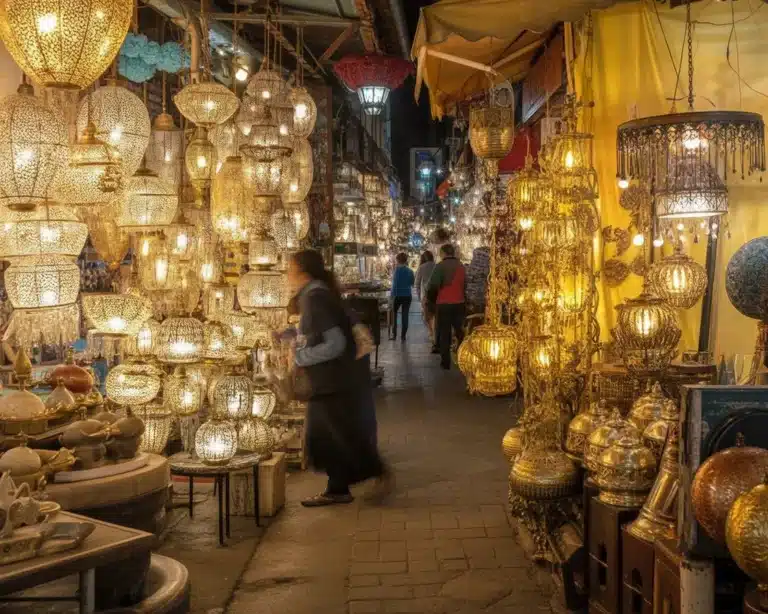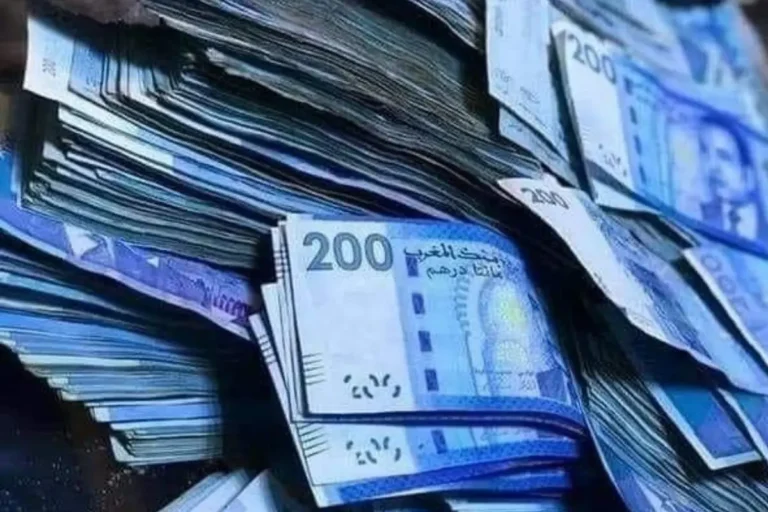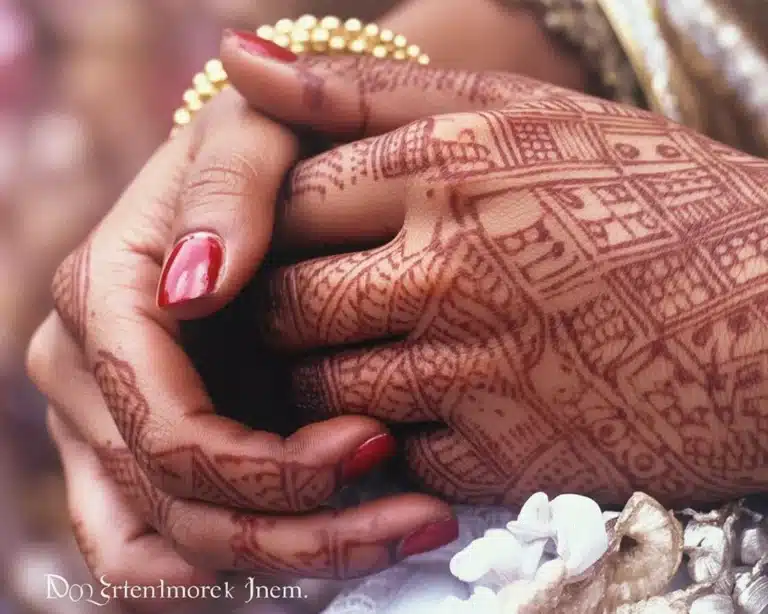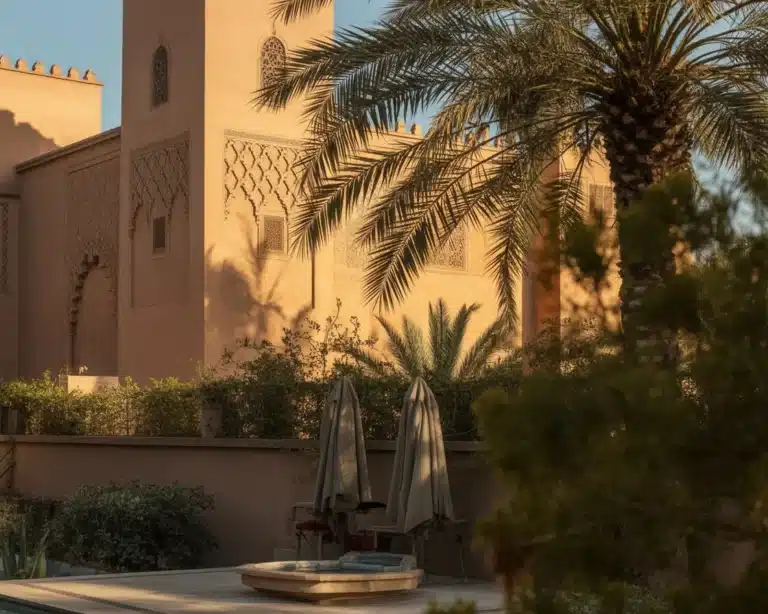Morocco Cities & Regions are kind of a wild ride, aren’t they? Maybe you’re like me—always staring at glossy photos online, thinking, wow, what’s REALLY out there? Maybe you want to know if Casablanca’s all cafes or if Marrakech is just markets on repeat (spoiler: nope). Before my own trip, I was stuck sifting through countless guides with very little, you know, actual info about populations or history. So here you go. Let’s break down what makes these spots tick, using tidbits and charm. If you’re as nosy as I am about the Authentic Moroccan Cuisine or itching for travel hacks, check out my Morocco street food guide and my favorite Essaouira travel notes for extra flavor.
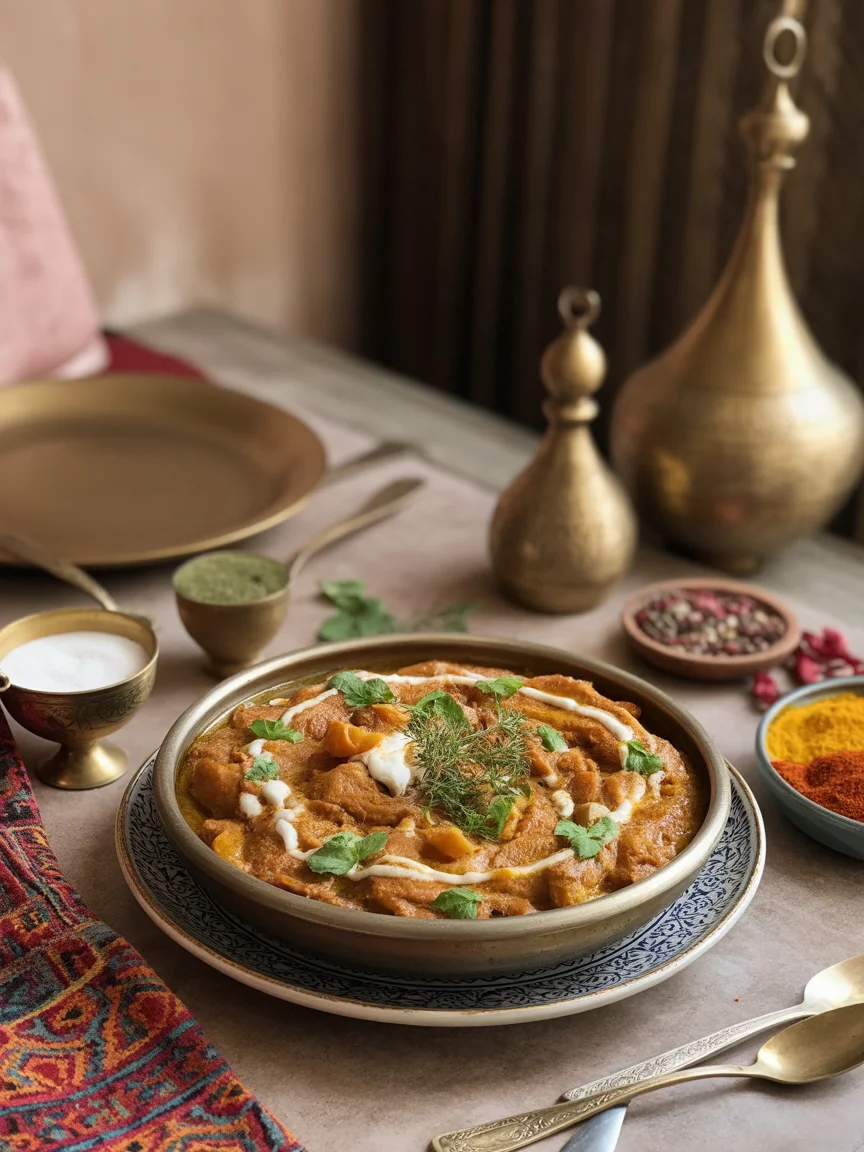
Table of Contents
List of major cities in Morocco
Okay, deep breath—Morocco cities are more than just Marrakech and Casablanca, promise! Let’s get the classics out of the way first. Casablanca is giant, packed, and humming, basically Morocco’s business engine. Marrakech is a sensory sprint (noise, colors, tagine sizzling on every corner). Fez has winding alleys that even Google Maps gives up on. Rabat? Way more chill than you’d guess from a capital.
Rounding out the big names, Morocco cities like Tangier hug the northern coast (somehow both breezy and boisterous), while Oujda, Agadir, Meknes, and Tetouan each dish up their quirks. Different regions, totally different flavors (both people-wise and food-wise). Sometimes the Morocco cities feel like they’re in different countries, no joke.
Casablanca’s got over 3 million folks squishing in together, making it the heavyweight. Marrakech hovers around a cool million. Tangier and Rabat aren’t tiny either—each has neighborhoods with totally unique vibes. It’s a real patchwork of life, culture, and experiences that make Morocco cities endlessly fascinating.
“Getting lost in Fez’s medina was probably the best part of my visit—I never even found the same street twice. The locals made sure I didn’t starve though. Best orange juice I’ve ever had.” - Jamie, fellow wanderer
Overview of regions in Morocco
Now, let’s pull out to the big picture! Morocco cities are just part of the story—Morocco doesn’t stop at urban life; it’s diced into regions that are, let’s be honest, more like mini-countries. There are twelve main regions, and they all have their own local flair. For example, Souss-Massa (down south) is surf-central, while Fès-Meknès is loaded with tradition (think: old religious schools and marble courtyards).
Some Morocco cities hug the Atlas Mountains (Ifrane actually gets SNOW—what?), others are coastal and lazy, or full-on desert in the east. Languages jump around—from Arabic to Berber to random bits of French the further you travel. And each region cooks differently. One town dishes up sweet tagines, the next? Full-on spicy. So if you ever feel like Morocco cities and regions together make the country too massive to squeeze into one trip, you’re 100 percent correct.
Historical context of Moroccan regions
Let’s chat history. Morocco cities’ regional setup even feels a bit medieval at times—some cities are bordered by old ramparts, and you’ll see Roman ruins plopped next to medieval mosques. Why? The old French and Spanish influence left plenty of imprints (sometimes in the food: pastries, anyone?).
Before colonization, areas were ruled by local dynasties (Almoravids, Almohads…you get the idea). It’s wild because, even now, you’ll notice the Andalusian echoes in Chefchaouen or the desert traditions in Ouarzazate. Some regions, like Draa-Tafilalet, cling to Amazigh (Berber) customs that date back centuries. Yep, centuries.
So when you roam Morocco cities like Marrakesh or Fez, that twisty layout? Designed to keep invaders out. No wonder you get lost so easily. Knowing a tiny slice of this history—really, even just a smidgen—will change how you see every door and dusty alley in Morocco cities across the country.
Demographics of Moroccan cities
Alright, this part’s for number nerds. The populations in Moroccan cities are seriously all over the place. Casablanca is a monster—over 3 million souls navigating street vendors and office rushes daily. Rabat, the laid-back capital, is less packed but has a steady political buzz you can kind of feel.
Marrakech is young; tons of students. Tangier is getting a rep as a creative hub, pulling in artists (and daydreamers like me). In terms of makeup, most cities are a blend: Arab, Amazigh (Berber), and a whisper of expats, especially in beach spots and Fez’s old city. On Fridays, everything slows down—a city-wide pause for prayers, with couscous showing up everywhere, all at once.
Fun twist? Many Moroccans are trilingual, juggling Arabic, Berber, and French, sometimes all in one chat. You’ll hear more French the closer you are to city centers and markets. It’s a mashup, but it works.
Notable attractions in Moroccan cities
You do not want to skip these, trust me. Some classic attractions get all the hype, but a few sneak under the radar:
- Jemaa el-Fnaa in Marrakech pops off at sunset with snake charmers, food stalls, and seriously loud drums.
- Hassan II Mosque in Casablanca—this thing’s looming over the Atlantic, looking regal like it owns the ocean.
- The blue-washed streets of Chefchaouen (barely a city, but people are obsessed for a reason).
- Roman ruins at Volubilis (easy drive from Meknes and so, so worth it).
Each city throws its own party. Agadir’s famous for beaches, Fez for the world’s oldest university (!!), and Tangier for random literary cafés. Don’t be shy—jump into a cooking class or tea ceremony if you spot one. Locals will fill your plate and make you feel like you’ve always belonged.
Common Questions
What language do most people speak in Moroccan cities?
Arabic and French are super common. In some towns, especially away from tourist spots, Berber languages are everywhere.
Is it safe to explore Moroccan cities at night?
Big cities are lively late, but keep your wits about you. I wandered Marrakesh’s medina until 11 PM, but always stayed in well-lit areas.
Do all regions eat the same food?
No way. Each region has favorites. Everyone loves tagine, but only in the north will you see seafood pastilla at every turn.
How do I get around between cities?
Trains are your new best friend for Casablanca, Rabat, and Fez. Buses connect the smaller places, but book ahead in tourist season.
What’s the friendliest city to start in?
I honestly loved Tetouan for the welcome. People there will talk your ear off (in a good way).
Ready to Taste and Explore? Here’s My Two Dirhams
That’s the scoop on Moroccan Cities & Regions from someone who’s zigzagged through crowded medinas and desolate mountain roads. No matter where you land, it’s a wild mix of history and new energy—plus, you WILL end up eating the best orange cake of your life at some hole-in-the-wall. Want more? The List of cities in Morocco – Wikipedia literally overflows with helpful details. Do yourself a favor and mark Travel guide: Morocco before you jet off, too. Ditto for Cultural context: Morocco.
Don’t just daydream—start plotting. You’ll come home with more stories (and spices) than you know what to do with. Happy travels, and don’t forget to write if you need a killer tagine recipe.
